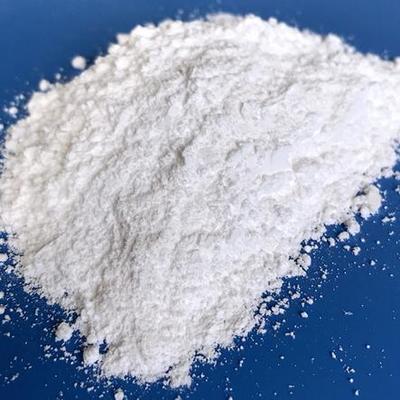Anhydrous Sodium Sulfate SDS
Everything You Need to Know
Anhydrous sodium sulfate is a versatile compound widely used across various industries. Whether it’s in detergents, pharmaceuticals, or glass production, this chemical plays a key role in manufacturing processes. However, understanding its Safety Data Sheet (SDS) is critical for ensuring proper handling and compliance with safety standards. Accidents can happen, but preparation reduces risk significantly.
What is Anhydrous Sodium Sulfate?
Anhydrous sodium sulfate (Na₂SO₄) is a crystalline compound commonly used as a drying agent and filler in industrial applications. It occurs naturally as the mineral thenardite and is also produced synthetically. Known for its efficiency and affordability, it has become a go-to material in several industries.
Chemical Structure and Properties
Anhydrous sodium sulfate consists of two sodium ions (Na⁺) paired with a sulfate ion (SO₄²⁻). Its molecular weight is approximately 142.04 g/mol. One of its defining features is its hygroscopic nature, meaning it can absorb moisture from its surroundings. It’s highly soluble in water, making it a great component in processes where solubility is key. For more on its physical and chemical characteristics, you can check this detailed SDS document.
Industrial Applications
- Detergents: Sodium sulfate is commonly used as a filler in powdered detergents due to its cost-effectiveness.
- Glass Manufacturing: It helps remove air bubbles from molten glass during the production process.
- Pharmaceuticals: It’s used to manufacture laxatives and serves as a diluent in drug formulations.
- Textile Industry: Plays a role in dyeing fabrics by leveling colors uniformly.
If you’re curious about specifics like its usage in laboratories, this document provides additional insights.
Understanding the Sodium Sulfate Safety Data Sheet (SDS)
Safety Data Sheets provide crucial information about chemicals, including hazards, handling guidelines, and emergency measures. Reviewing an SDS isn’t just a formality—it keeps workers informed and workplaces compliant.
Composition and Hazard Identification
The SDS starts with an overview of the chemical’s composition. Sodium sulfate anhydrous is generally safe but can pose risks in specific conditions. Prolonged exposure can cause skin, eye, or respiratory irritation, especially in high concentrations. According to its SDS, sodium sulfate is classified as a low-hazard substance but must still be handled carefully. Learn about potential hazards in this reference SDS document.

First Aid Measures and Handling Procedures
Accidentally inhaled sodium sulfate or exposure to excessive amounts can lead to irritation. Here are some basic first aid steps outlined in most SDSs:
- Inhalation: Move the person to fresh air. If breathing difficulties persist, seek medical attention.
- Skin Contact: Rinse thoroughly with soap and water.
- Eye Contact: Gently flush eyes with water for at least 15 minutes and seek medical guidance if irritation continues.
Proper handling is equally essential. Store sodium sulfate in a dry, cool environment to prevent clumping caused by moisture absorption.
Exposure Controls and Personal Protection
Work environments must have appropriate safety measures to reduce risks. Using sodium sulfate in powdered form, for instance, may release particulate matter into the air, warranting protection like dust masks or respirators. Gloves and safety goggles are also recommended to prevent direct contact. Learn more about specific workplace recommendations in this SDS from Agilent.
Ventilation is key in industrial settings to control exposure levels. Ensure workplace air monitoring adheres to Occupational Exposure Limits (OELs) set by regulatory authorities.
Conclusion
Handling anhydrous sodium sulfate isn’t inherently dangerous, but understanding its SDS ensures you’re prepared for potential risks. Whether you’re a lab worker, factory employee, or safety manager, knowing how to interpret SDS guidelines can minimize workplace hazards while maintaining compliance with safety regulations. By adopting proper safety protocols and staying informed, you create a safer environment for everyone involved.






